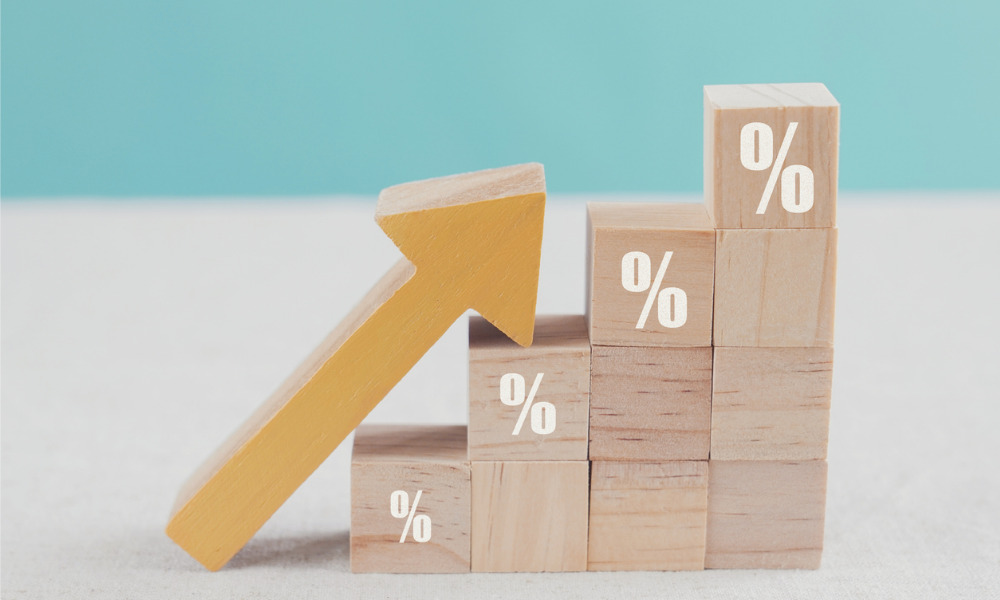Leader of think tank cites growing concerns over high inflation rates

The CEO of one of Canada’s most recognized think tanks is joining the rising chorus of experts who predict a hawkish turn from central bank authorities.
In a newly published intelligence memo, William B.P. Robson, CEO of the CD Howe Institute, pointed to sustained high inflation as a recent focus of concern for both Bank of Canada Governor Tick Macklem and U.S. Fed chairman Jerome Powell.
“With demand outrunning supply, our central banks’ policy interest rates need to rise – and may rise a lot,” Robson said.
Prior to COVID, he noted that inflation in both Canada and the U.S. was marginally low, running consistently within the neighborhood of 2%, and monetary policy was not something to worry about. The BOC and Fed’s rates were much lower than they were during periods of high and variable inflation.
“Now that it is a wider concern, it is time to refresh an old insight. Whether interest rates are low or high depends on what future borrowers and lenders expect. Thus, it’s time to update the old insights as concerns have spread.” Robson said.
Robson recalled how after the 2008 financial crisis, and again early in the pandemic, people’s expectations for the economy were so grim that some even suggested a 0% policy rate was still too high. But today, an economic recovery and soaring inflation are elevating people’s expectations on future values and sales, which makes the BoC’s 0.25% target for its overnight rate look low.
One good start to determining an appropriate central bank rate, Robson said, is to think about the real interest rate, or the rate of return paid by the borrower or received by the lender after considering inflation. After subtracting inflation from the current policy rate, he said the current real interest rate is less than -4%.
“If potential borrowers and lenders thought the economy was shrinking, a real overnight rate that low might stabilize things,” Robson said. “But incomes and spending in Canada in the third quarter of 2020 were up 12 percent from a year earlier. A real overnight rate that low adds fuel to that fire.”
Robson cited former New York Fed president Bill Dudley, who said cooling down the inflationary heat in the U.S. now may require much higher interest rates than the market expects. And while the Bank of Canada has been less loose and Canadian inflation is less severe, the banks latest forecast showed it above target until late 2024, and subsequent numbers on inflation and job growth are adding to the upside risks.
“Hardly anyone expects an overnight rate above 2 percent before the end of 2023. But loose monetary policy has contributed to high inflation, and it will take tighter policy to contain it,” Robson said. “Investors, homeowners, businesses, and our big-borrowing governments need to get ready. Higher interest rates are coming.”



